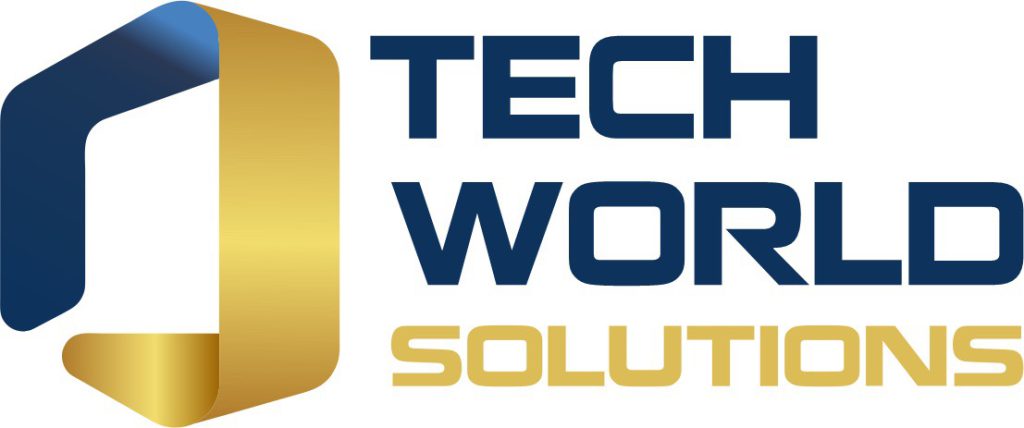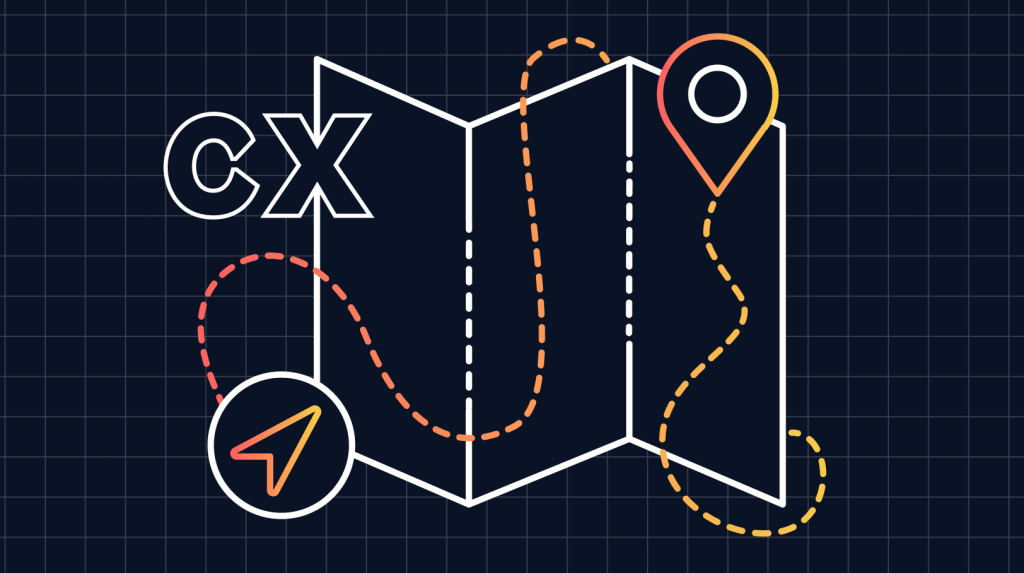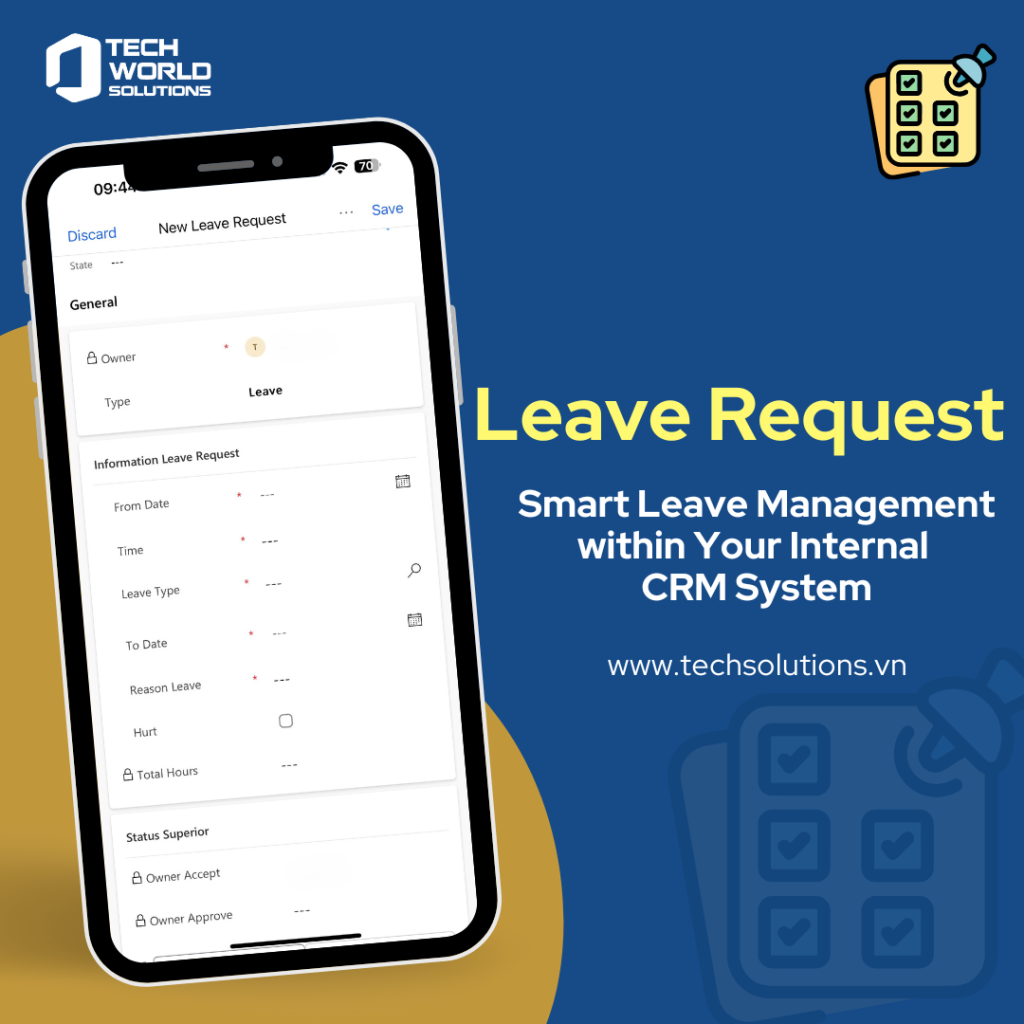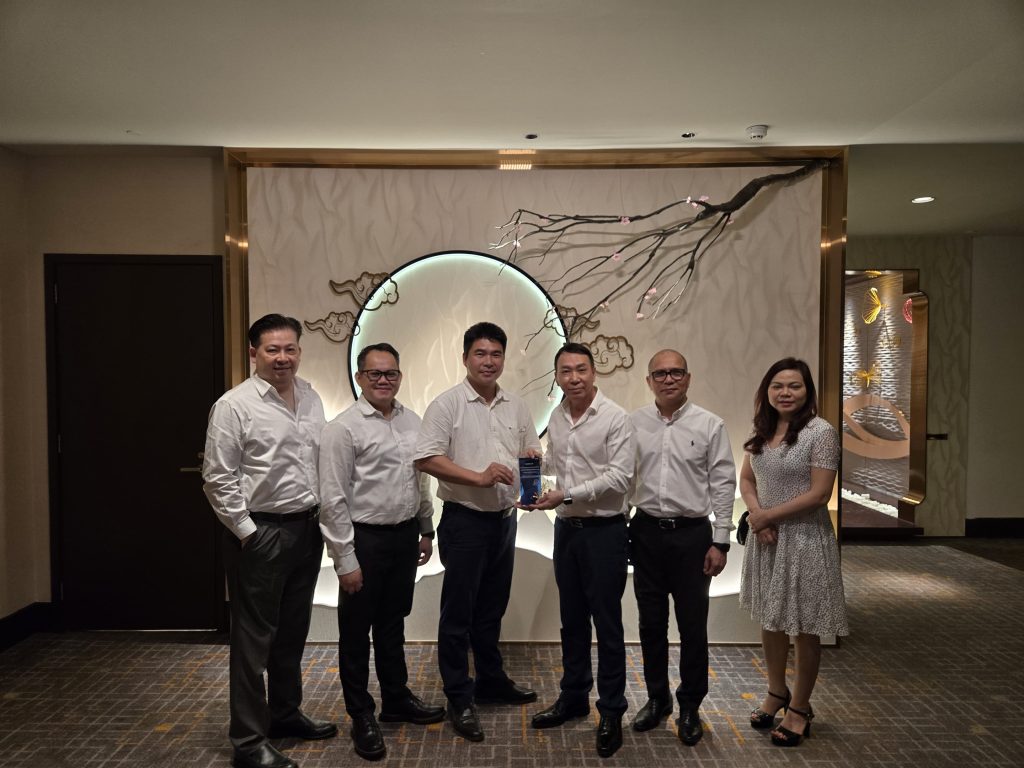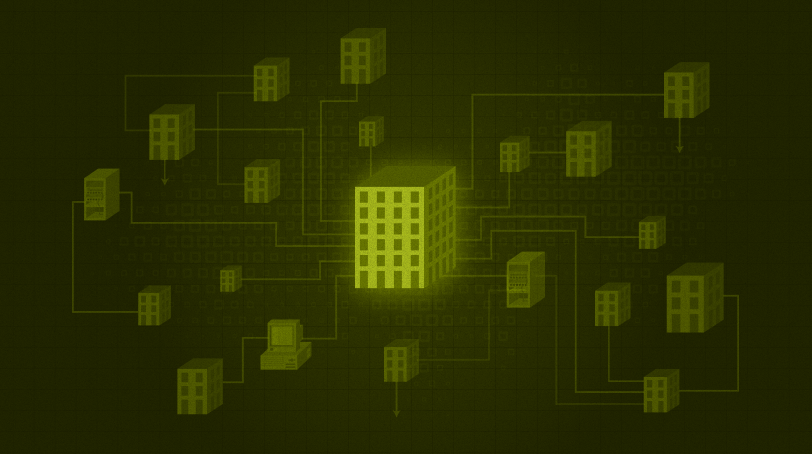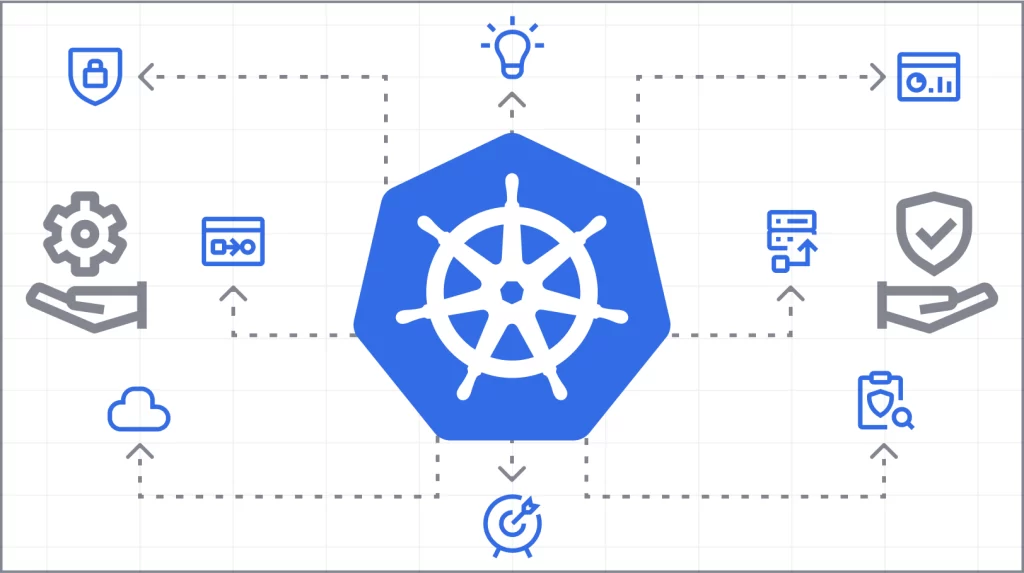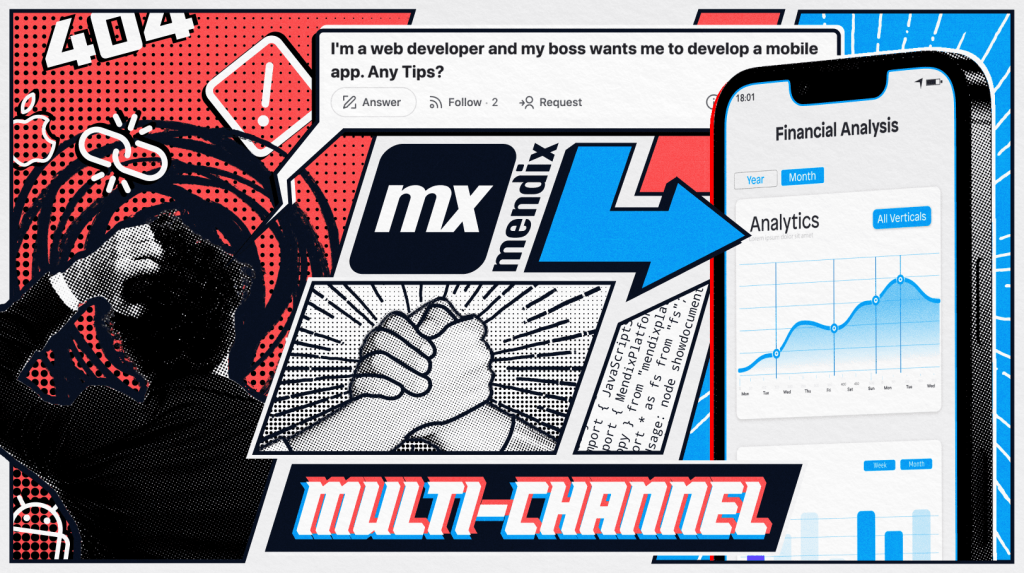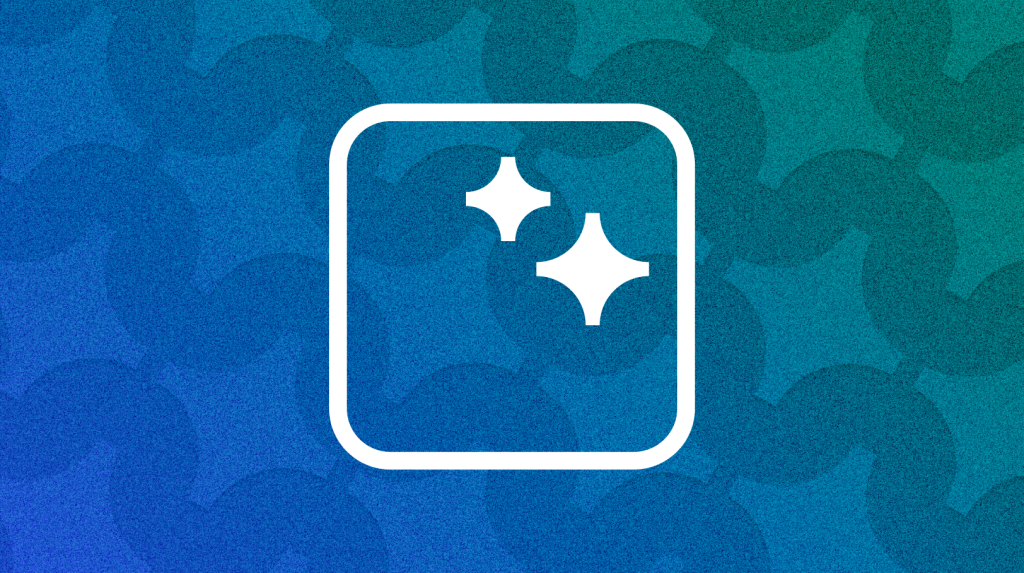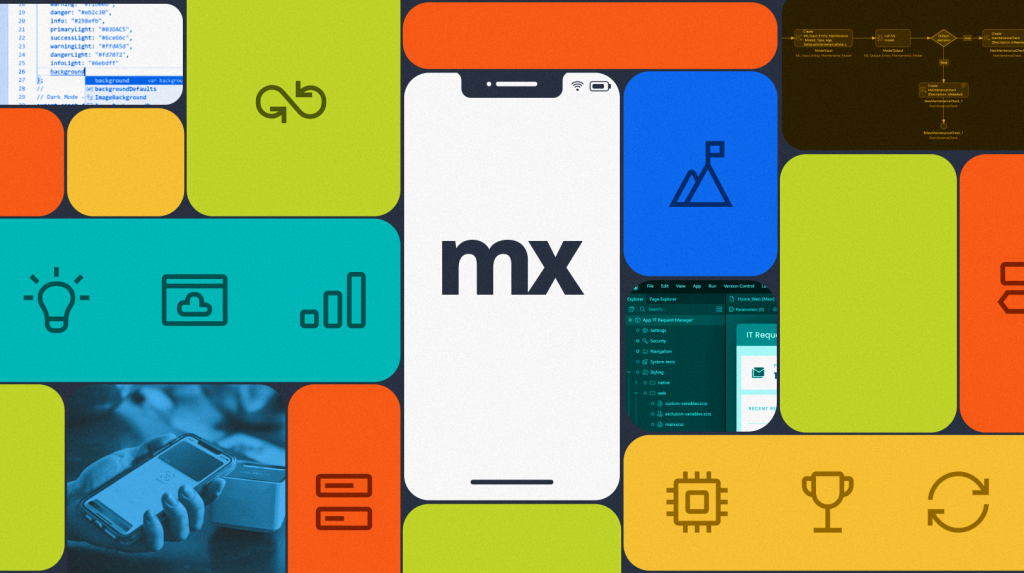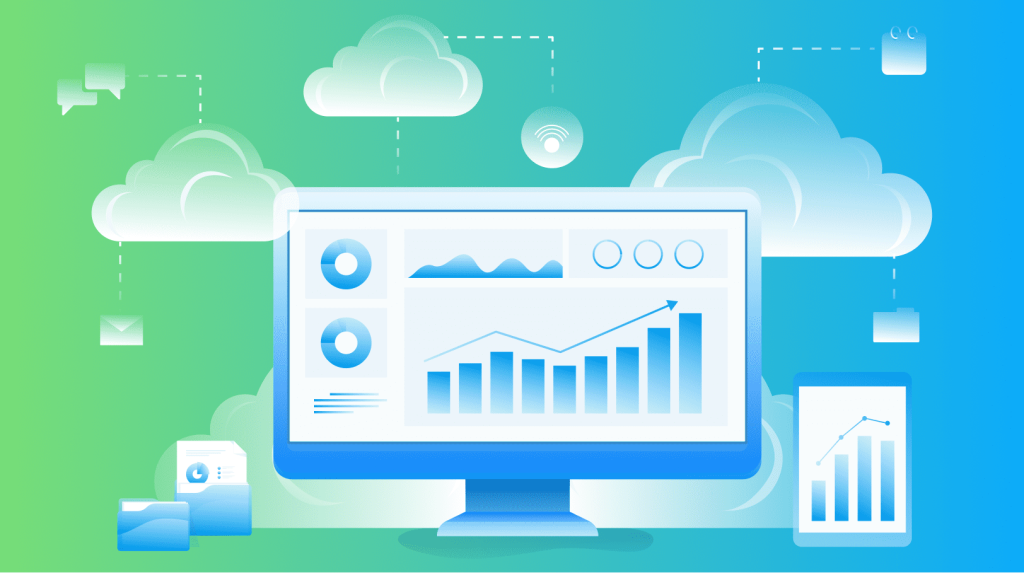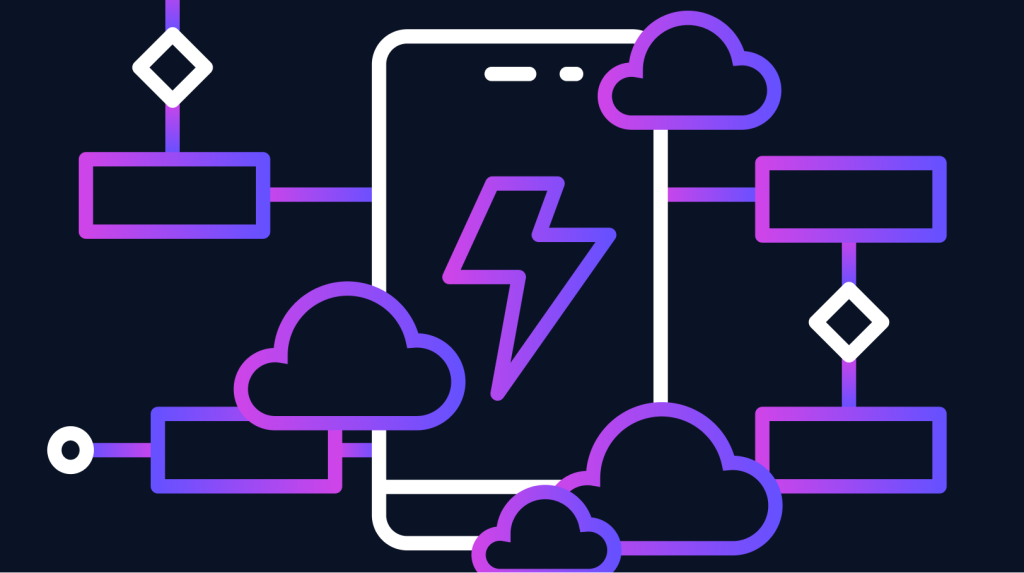How to Build a Customer-Centric Product Roadmap: Tips from a CTO
The latest systems and tools — low-code platforms, AI, automation, etc. — can accelerate the development and execution of new customer experience strategies, but technology alone isn’t enough.
Standing out from the competition and retaining loyal customers depends on a business’s ability to incorporate customer engagement throughout a product’s lifecycle — and it all starts with the creation of a customer-focused product roadmap.
Every organization needs a customer-centric product roadmap
Technology is empowering a customer-driven market. As consumers, we research products and make purchase decisions in-store, at home, on the train, and anywhere there’s a Wi-Fi signal. However, this can be a double-edged sword — your business can reach customers almost everywhere, but so can your competitors.
With so many options, offering the experiences customers crave is the most sustainable way for a business to differentiate while increasing loyalty and retention. Consumers are helping to drive this change, with 84% saying that the experience a business provides is just as important as the products and services it offers.
It seems that most organizations understand the importance of customer-focused initiatives, but it’s lost in translation during execution. Research from Mendix’s latest survey of senior IT leaders, Win with Customer Experience: CX Delivery Challenges, found that 48% say a better understanding of customer needs is a win/win for a business and its customers. Yet, ignoring customer needs and feedback is the #1 mistake made by 47% of respondents.
Benefits of a customer-focused product roadmap
A customer-centric product roadmap is key to providing exceptional customer experiences. This strategy embeds customers into the product lifecycle by prioritizing and incorporating their feedback, needs, and data insights throughout all iterations. And the benefits are more than worth it:
- Businesses that truly put customers first say loyalty and retention have improved, and 84% report an increase in revenue.
- Companies succeeding in customer experience have 1.5x more engaged employees than less customer-focused organizations.
- More engaged employees help businesses outperform their competition by 147%.
- 78.5% of CMOs in the UK, France, and Germany agree that providing an amazing customer experience creates a powerful competitive advantage.
Depending on the current state of an organization, full customer-centricity may require reprioritizing, strategizing, and change management — tasks that need time and patience to take full effect.
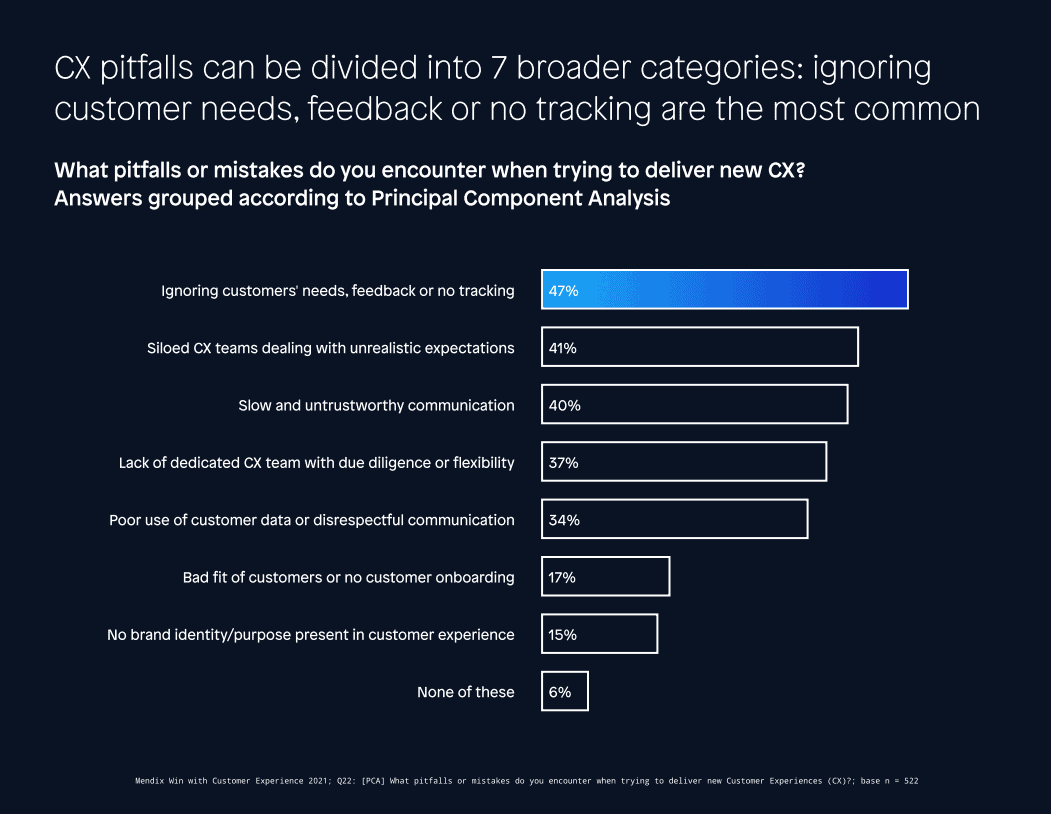
How we built a customer-centric product roadmap
So how does a company start creating a customer-focused roadmap? To paint a picture, let’s take it all the way back to 2005.
Today, Mendix is a leader in low-code enterprise application development. But back in 2005 when we were creating our first product roadmap, low-code was in its infancy and custom application development was an intimidating venture for non-technical folks.
Find your mission and purpose
To make it possible to build software faster and with more involvement from the business, we knew that non-technical teams needed to be able to contribute to the creation of applications. And so, our company’s mission was established: To bridge the gap between business and IT by democratizing processes, with the ultimate goal of accelerating and improving software development.
Even with a clear mission, we knew that we needed insights from the people who would be using our product to truly call ourselves a customer-first business.
Delivering a solution that customers could start engaging with quickly was integral to the Mendix platform’s humble beginnings. In our first year, we alternated between customer-driven and vision-driven operations and we focused on building quick features that demonstrated our mission and made our vision tangible for potential customers.
During the first few months, we worked with our customers to understand what type of solution they needed, how they were using Mendix, and how we could further improve the platform. As our user base grew, we switched our focus from building new features to stabilizing the platform with structured release plans.
Many platform updates we’ve made over the last 17 years were the direct result of customer feedback and requests — from adding a dark mode feature to our IDE, to delivering new secure data integration capabilities with the release of Mendix Data Hub.
Embed customers into your roadmap
Mendix started as a customer-centric company, and we still are today. Over the years, we’ve established more ways to connect our customer success and product teams and implemented new processes to make it easy for our users to voice feedback.
The Mendix Community is a collective of over 230K Mendix users and features an Ideas Forum where users can share their experiences and suggest platform improvements. Together, our product teams and customer success teams work closely with our customers at all stages of the buyer’s journey. And of course, data tells us how people navigate the Mendix platform, and the features they use the least and most often. Recurring meetings are held frequently to discuss customer feedback, analyze data, and ultimately evolve our product roadmap for our customers’ benefit.
3 tips for building a customer-centric product roadmap
A product roadmap should be unique to your mission and your customers’ needs. There’s no one-size-fits-all approach, but the tips below can help you keep the customer top of mind throughout the planning and execution of your roadmap.
1. Find your organization’s purpose
What problem is your business trying to solve and why are you trying to solve it?
Mendix was founded to democratize development by making it easier for disparate teams and non-technical users to collaborate. Why? Because we saw the frustrations of traditional siloed development and we knew there was an element of collaboration missing. Once we were confident in our purpose, the pieces of our product roadmap started to fall into place.
While our business goals and objectives may change throughout the years, our underlying mission always remains the same. Customer-focused product roadmaps are evolving plans but remember to stay true to your company’s mission and purpose.
2. Start small and iterate quick
Low-code development is all about making quick iterations and gathering feedback to enhance the next version. We followed a similar philosophy when we created our product roadmap.
The first version of Mendix gave users a taste of what’s possible, and open feedback loops directly contributed to future iterations. This gave us the chance to gauge market interest early and adjust our initial strategies based on our customers’ experiences. We started small and fast, which allowed us to work closely with the actual users of our platform from the very beginning.
But what if we had spent years building a feature-rich enterprise application development platform before anyone outside of Mendix had the chance to provide feedback? It’s likely that months and months of hard work would need to be scrapped or significantly altered because of a lack of customer involvement.
This is especially important if you’re entering a new or relatively unknown field. When Mendix was founded, we had to translate our mission into an actual product as well as educate our customers on this new way of developing.
3. Expect the unexpected
Everyone has a plan until they get punched in the mouth. You can strategize and forecast your heart out, but it’s inevitable that your product roadmap will need adjusting.
A customer-focused product roadmap should evolve along with your customers’ needs. For example, maybe there’s suddenly an excessive amount of support requests for one particular product feature, or maybe you’re noticing feedback trends from a specific group of users. Both are opportunities to investigate deeper and adjust your product plans to better serve your customers.
Looking at the big picture, we’ve seen how a global pandemic, changing market needs, bottlenecked supply chains, and other external factors can quickly derail plans. In 2020, businesses had to reset customer expectations fast and frequently. Those that adapted and thrived in the new normal were the ones focused on creating and improving customer experiences.
Video: Get product roadmap tips from our CTO, Johan den Haan

Your customers are your biggest asset
But if you’re not making efforts to incorporate their ideas, needs, and feedback into your product roadmap, they likely won’t remain customers for very long. Take advantage of the wealth of insights they provide and use it to reimagine yourself as an authentically customer-first company.
Bài viết cùng chủ đề:
-
Leave Request – Quản lý nghỉ phép thông minh trong một mô-đun CRM duy nhất
-
Techworld Solutions Đồng Hành Cùng UTE Trong Đào Tạo Nhân Lực Chất Lượng Cao
-
Microsoft Office chính thức chuyển thành Microsoft 365
-
Epicor Asia & Techworld Solutions Vietnam Chính Thức Công Bố Quan Hệ Đối Tác Chiến Lược, Mở Rộng Hệ Sinh Thái Giải Pháp Tại Việt Nam và Khu Vực
-
Chúc mừng đội ngũ Microsoft!
-
Giá trị của Microservices Doanh Nghiệp với Low-Code
-
Sự Tiến Hóa Tiếp Theo Của Mendix Cloud: Đón Nhận Kubernetes Để Xây Dựng Nền Tảng Sẵn Sàng Cho Tương Lai
-
Optimizing Production with Epicor ERP – Specialized Solutions for Complex Industries
-
Addressing the Knowledge Gap
-
AI-Assisted Development in Action with Mendix
-
Empowering Mobile Innovation
-
How to Upgrade Legacy Systems to Compete in the Cloud Age
-
TECHWORLD SOLUTIONS VIỆT NAM VÀ ĐẠI HỌC SPKT ĐÀ NẴNG KÝ KẾT HỢP TÁC TRIỂN KHAI TRUNG TÂM NGHIÊN CỨU & ĐÀO TẠO CÔNG NGHỆ SỐ
-
How to Architect Your Mobile Customer & Employee Experiences
-
PVI Gia Định Partners with Techworld Solutions Vietnam to Revolutionize Insurance Management
-
ESEC Group Partners with Techworld Solutions Vietnam to Implement Microsoft Dynamics 365 ERP
